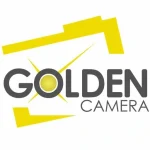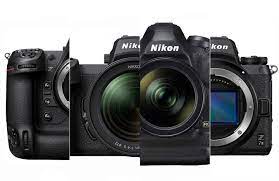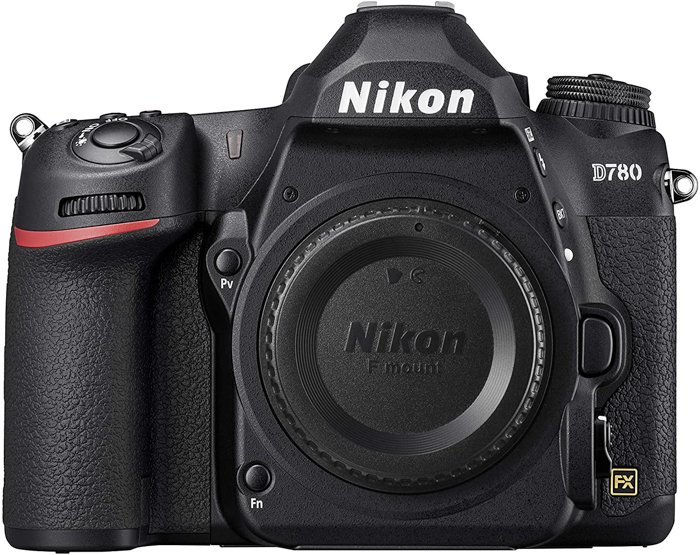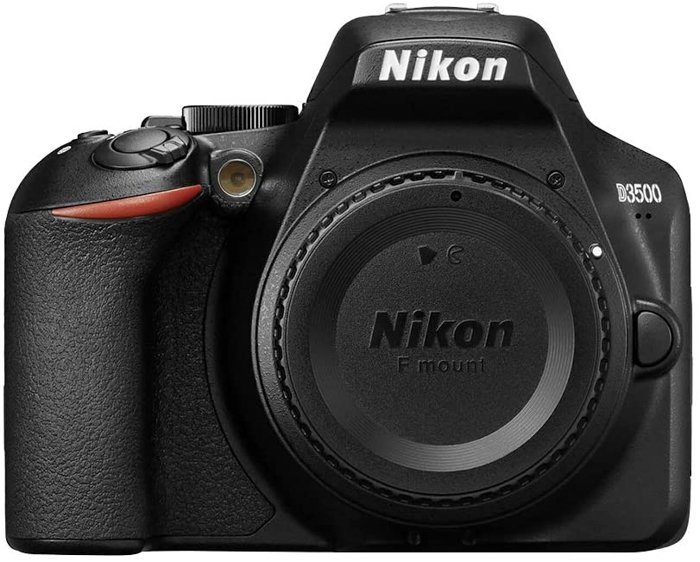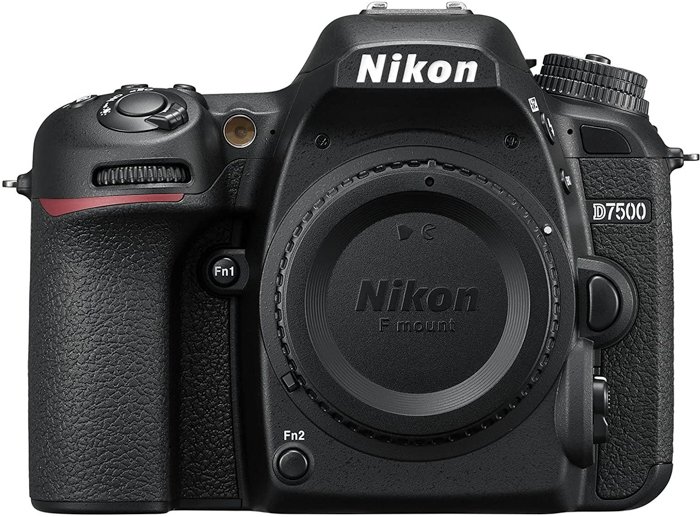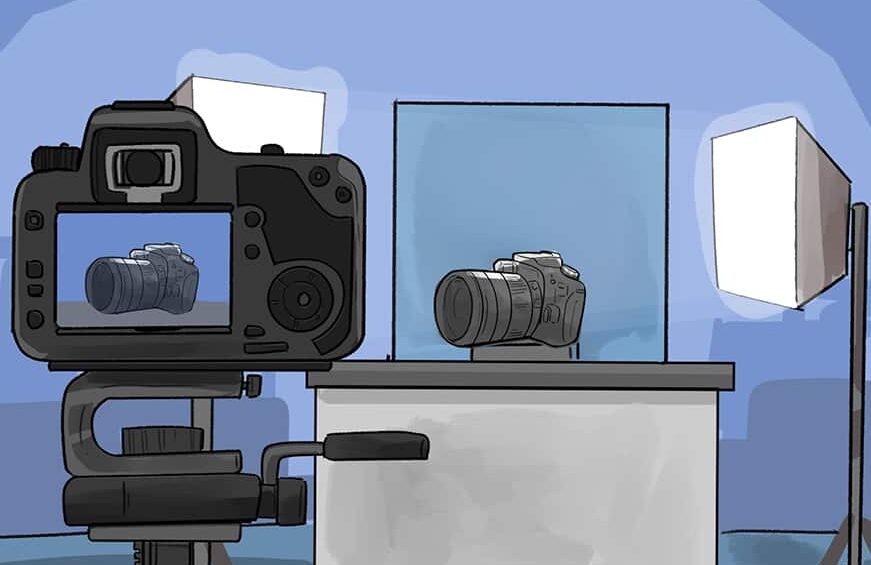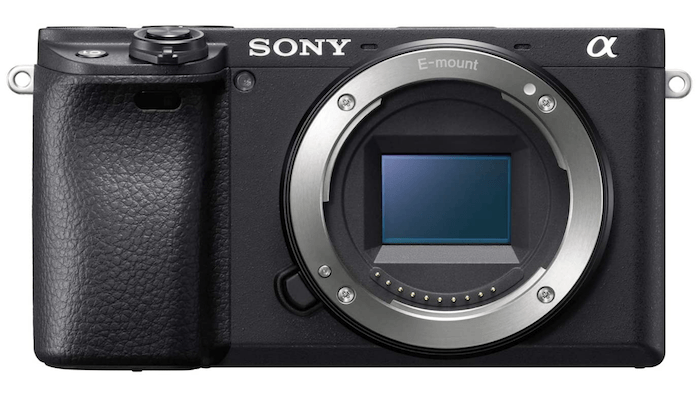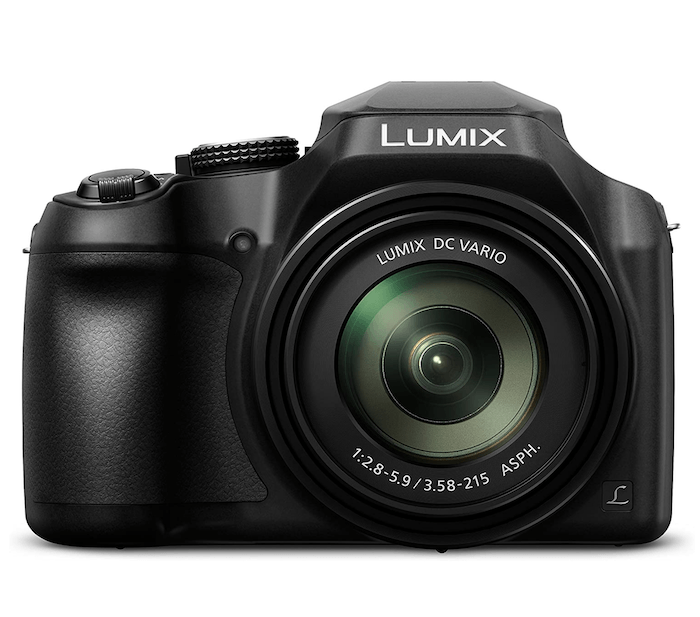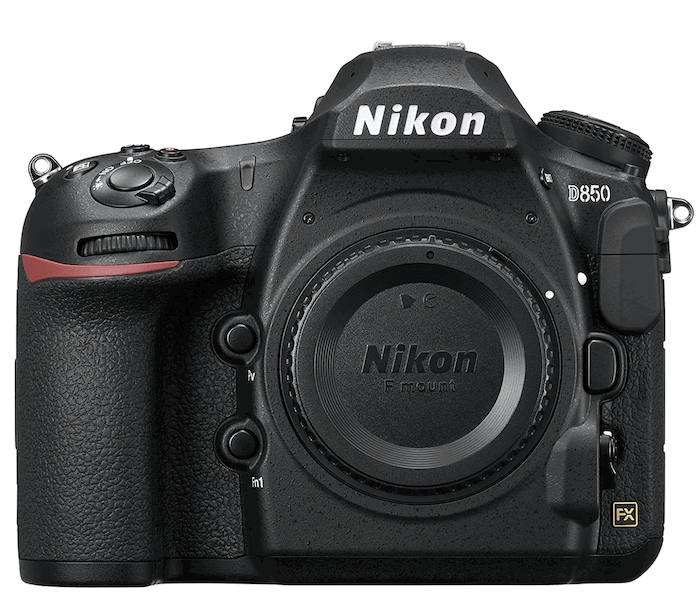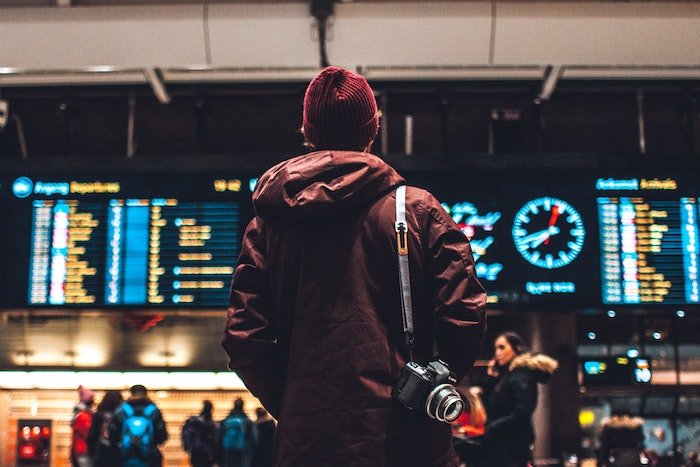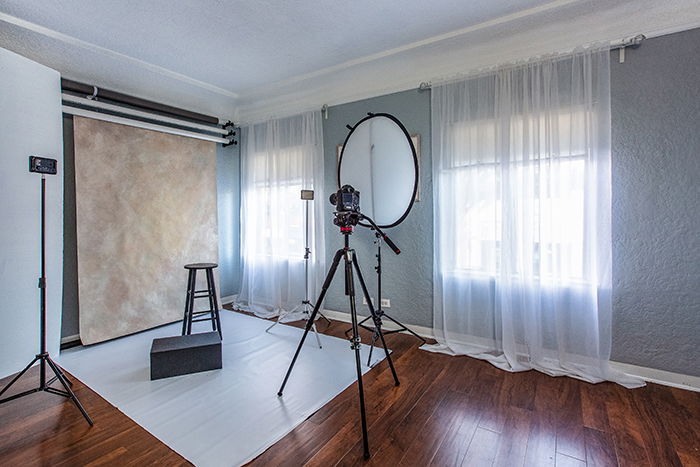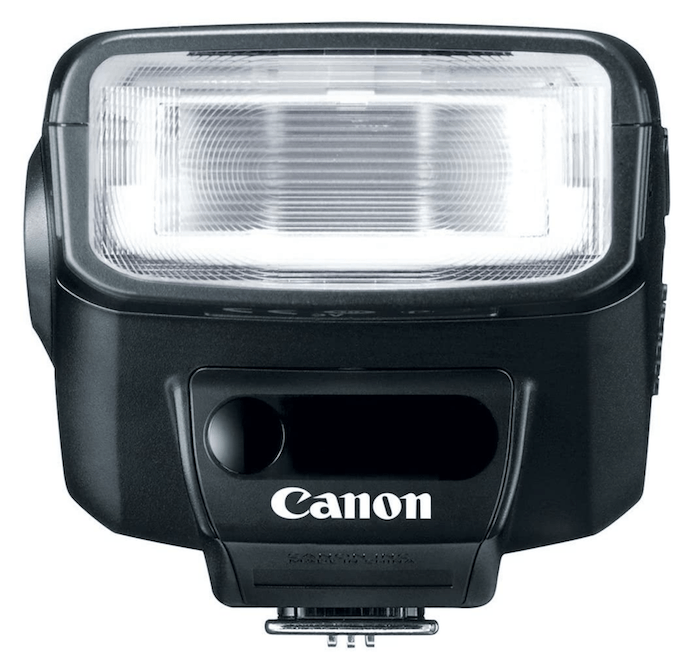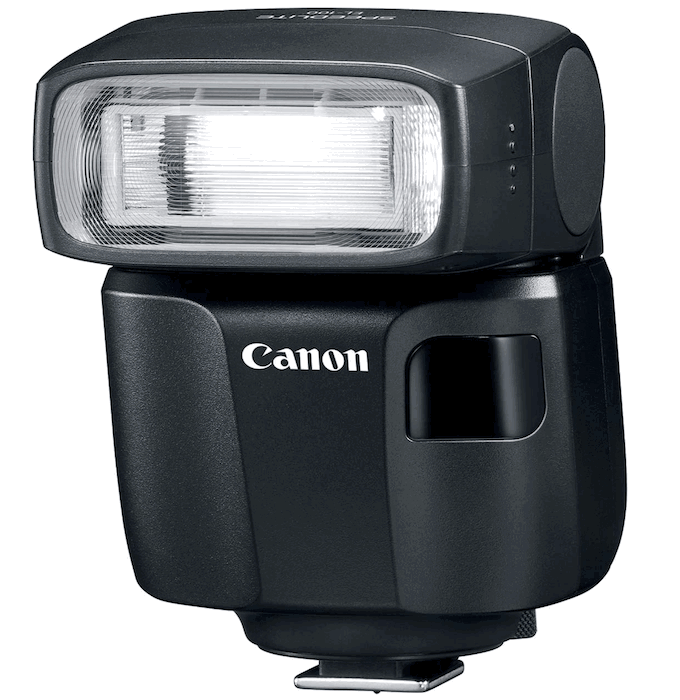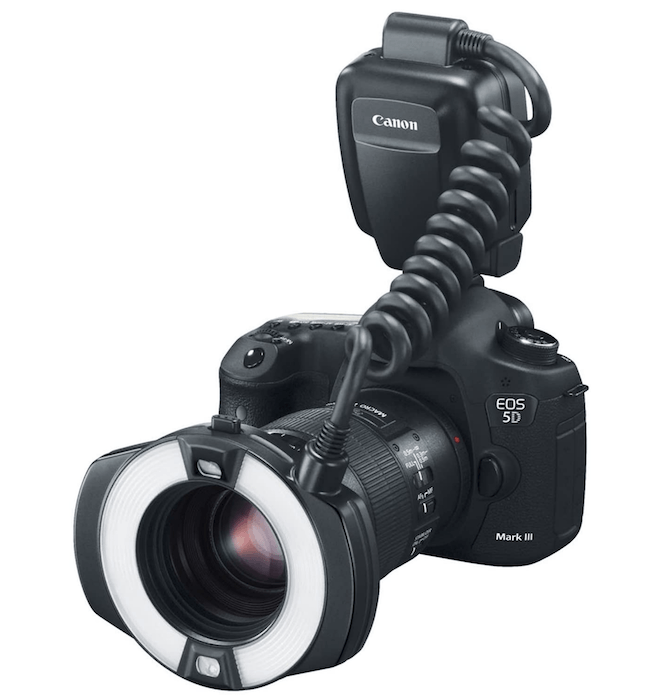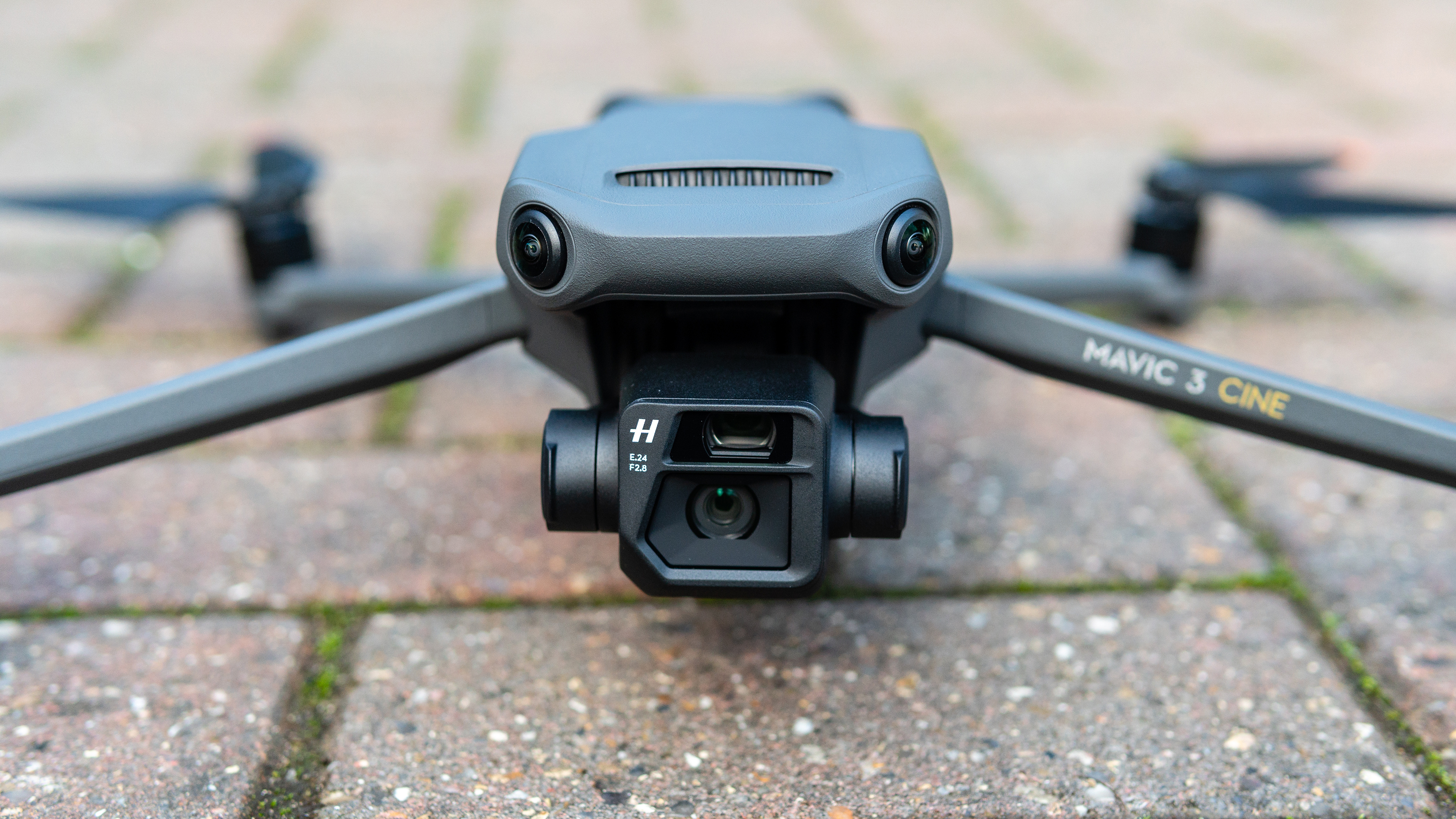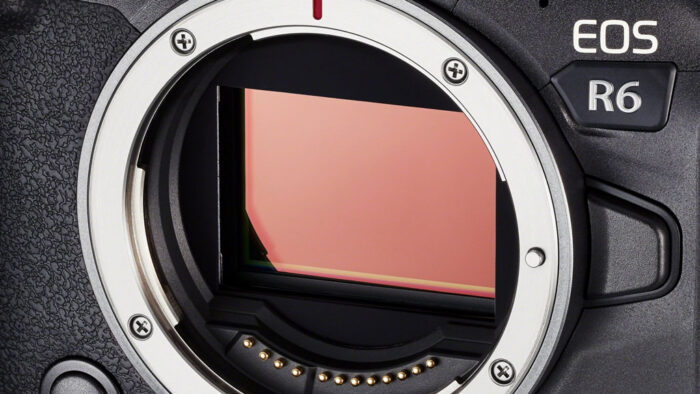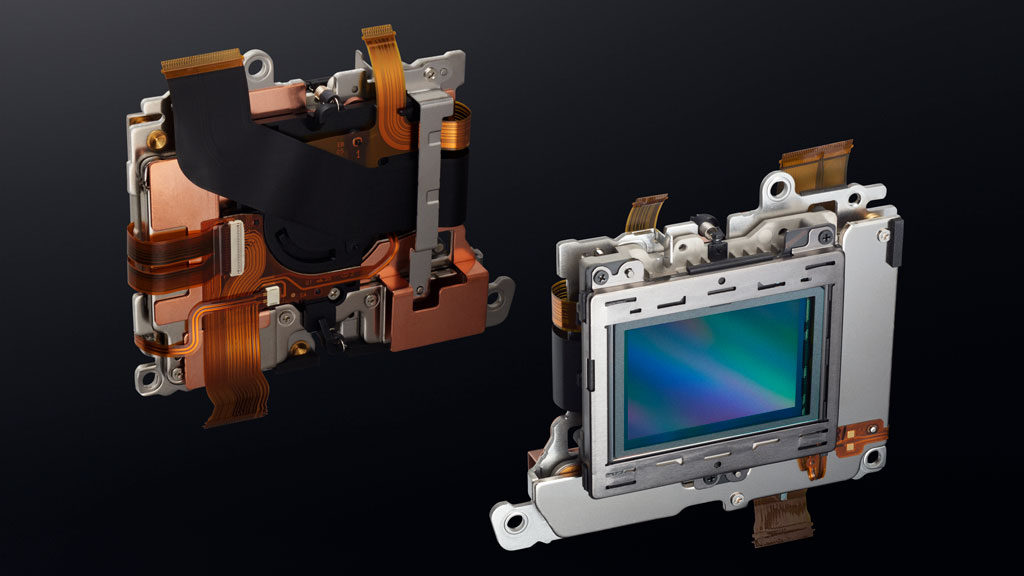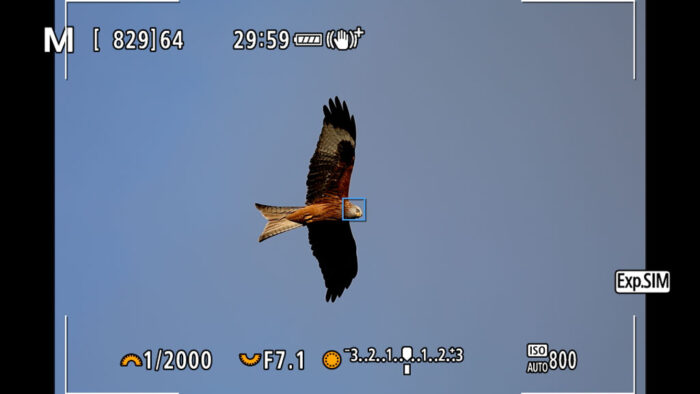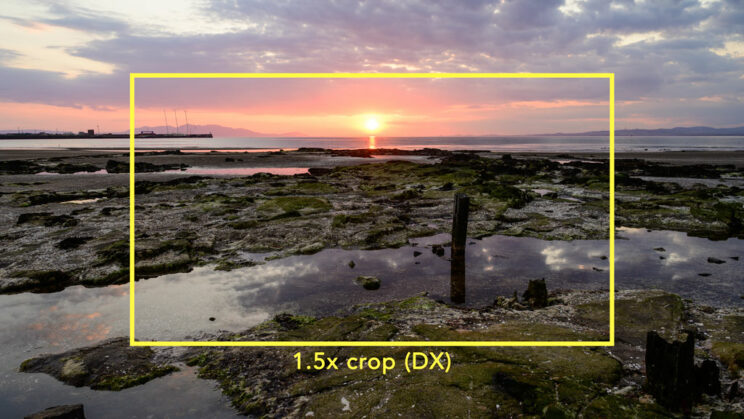
DJI OM 5 Review (Best Compact Phone Gimbal in 2022?)
The DJI OM 5 is an updated version of the OM 4 and has the same value. The OM 4 will remain on sale wherever it is available, but DJI stands. The changes include a built-in extension rod like the Zhiyun Smooth X and a smaller and simpler design due to the smaller battery. It also has better image stabilization and slower movement – at least for the iPhone.
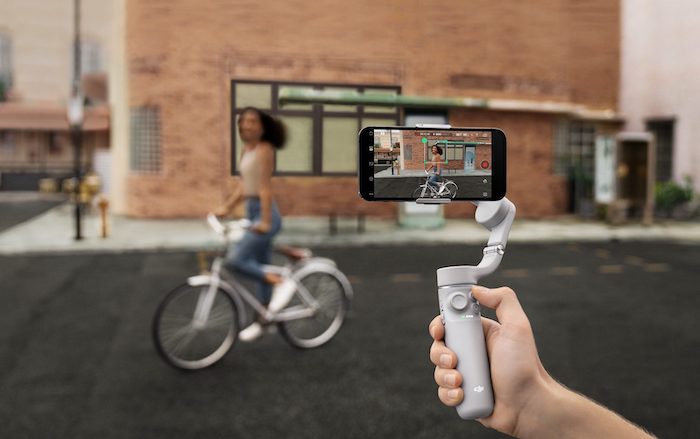
Key Features – How does the DJI OM 5 work?
The DJI OM 5 offers many useful features. Let’s look at the main ones.
Three-axis reinforcement and Roll Range
The most important condition for testing gimbals is that they provide reinforcement of three or two axes. The OM 5 has three different modes of spinning, twisting, and tilting, which is great.
Another difference is the width of the scroll. The OM 4 can roll from 127.05 ° to 208.95 °, while the OM 5 can roll from 136.7 ° to 198 °. The scope is the same in both cases. But OM 4 can roll over while OM 5 can roll over.
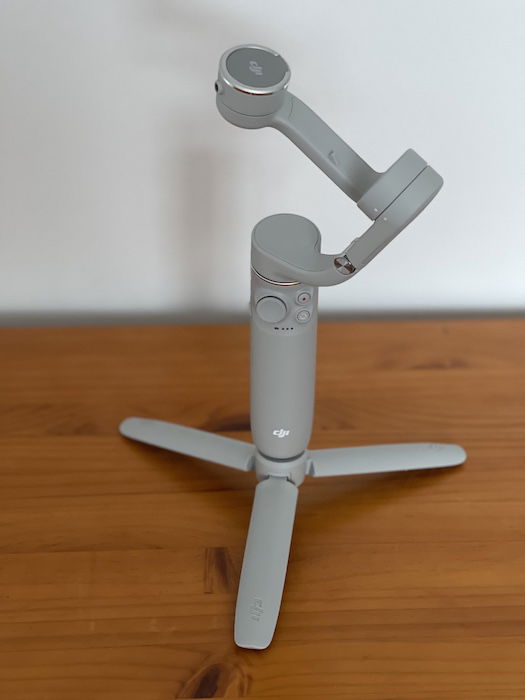
ActiveTrack 4.0
ActiveTrack is a way to embed your topic or yourself in an outline. Version 4.0 is very smooth and supports zoom up to 3x at speeds of up to 5 meters per second. All you have to do is draw a square on the head and shoulders of your subject. The gimbal will automatically follow the theme as pan, moving, and folding, keeping them in the center of the frame. The performance track works especially well with an extended rod mounted on a tripod.
DJI Mimo Software and application
DJI OM 5 has the latest software. That means the video is moving slower than the OM 4.
Every smartphone gimbal comes with a compatible app that lets you control the camera and edit your video. The OM 5 version is called the DJI Mimo. Works with Bluetooth connectivity. Once you have opened the gimbal and signed in to the app, it connects automatically. Stabilization works without the app, but not buttons, slides, or specific video features.
Shooting Methods
There are many pre-programmed features available with the DJI Mimo app. Although, some are more accurate than others!
Picture
• Picture mode allows normal, still camera capture. Holding down a button activates the explosion mode. But you do not find Night Mode & Photos available on iPhone.
• Pano is a way to use preset settings to create 240 ° panoramas. But the iPhone app does this better. And you end up with a distorted image if you try it with the Samsung Galaxy S20 Ultra.
• Pano CloneMe is a way to appear more than once in an image. You get five seconds after each shot to change location.
Video
• Video is a standard video recording.
• Slow Motion video recording reduced by 4x or 8x.
• Spin Shot is a 270 ° rotation of the smartphone while capturing video.
• Timelapse is a fast video. There are four ways to record timelapse – corrected, traced, right-to-left, or postponed. There are also custom moves to select up to four gimbal locations.
• Motionlapse is a timelapse sequence that adds gimbal movement points.
• Hyperlapse timelapse sequence shot while moving the gimbal.
• Moonlapse automatic gimbal movements to track the moon at night.
• DynamicZoom mimics the doll-painting effect used in movies such as Vertigo and Jaws. You are talking about your topic while you are filming – or vice versa.
• Touch Control is a way to take pictures of yourself. You raise your hand to the camera or make a V-shape with your fingers for two seconds to start tracking the subject. You can also start video recording by sliding your fingers down.
• Story mode with various templates using pre-set motion, music, and colors. News mode organizes itself and creates shared social media clips.
Buttons and slides
Once you’ve paired your smartphone with a gimbal and attached it using the Magnetic Phone Clamp, you can control it with buttons and slides:
• Front “thumb” to rotate and tilt, with recording and rotation buttons. When you press the rotate button once, it switches between the front and rear cameras. Double-click changes it from landscape to standalone mode.
• Side – includes digital zoom slide (up to 8x), power button to switch between photo and video, and USB-C port.
• Back – the first button resets the gimbal area.
Limitations
Many controls work as they should. But there are a few limitations to keep in mind – especially for Android users:
• The joystick and zoom switch do not provide “haptic” power. They will not respond to increased pressure. To change the adjustment speed, you must change the settings in the DJI OM 5 app.
• If you have a Samsung Galaxy S21 Ultra, the native phone camera app has a better zoom range. But that means you can’t use the controls on the gimbal.
• Sixth stick is not good for Android phones. And you can not switch between all the different shooting methods.
Alternatives to DJI OM 5
There are many other DJI OM 5 models on the market. But these are your best options:
• Hohem Steady Mobile Plus – offers realistic battery charging and special charging (up to 600 °). It has a simple button design, precise operation, and excellent face recognition and tracking. But it suffers from low build quality, jittery and laggy zoom, as well as poor operating system.
• Zhiyun Smooth 5 – Stable, rich in features, and capable of handling large phones. On the other hand, it is more expensive, harder to use, and less portable than OM 5. It has a crash app with no videos, tutorials, or proper English translation.
• Zhiyun Smooth-Q3 – with easy-to-use reusable filling lamp with impressive tracking techniques and Panoramic methods. But it has a soft, plastic feel, does not offer distorted charging, and comes with the same problematic system as Smooth 5.
• Joby Smart Stabilizer – has a built-in photo frame like OM 5.
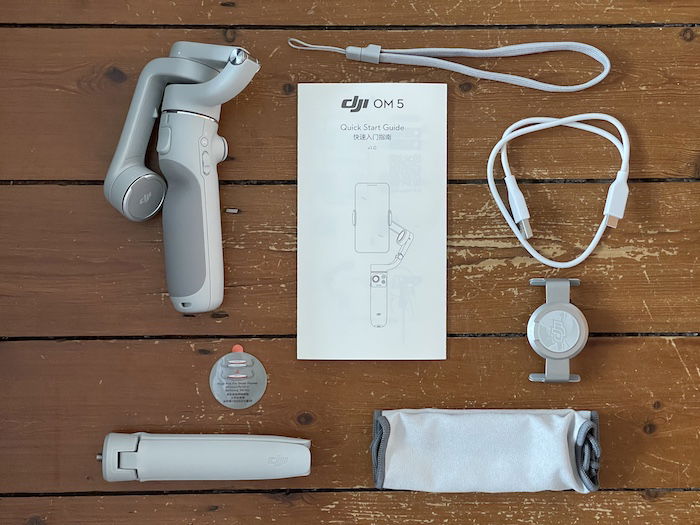
Verdict
The DJI OM 5 is a light, elegant, and affordable three-axis smartphone gimbal with a built-in selfie stick and available fill light clamp. It currently offers a better feature set to owners of iPhones than Android phones. But DJI might fix that in future software updates (fingers crossed).
It takes some practice to get used to the design quirks and familiarize yourself with all the offered features. But it has excellent tracking capabilities and eliminates typical smartphone camera shake. There are plenty of shooting modes, including Pano, Timelapse, and DynamicZoom. And the ShotGuides (video tutorials) are also a good source of creative inspiration.

